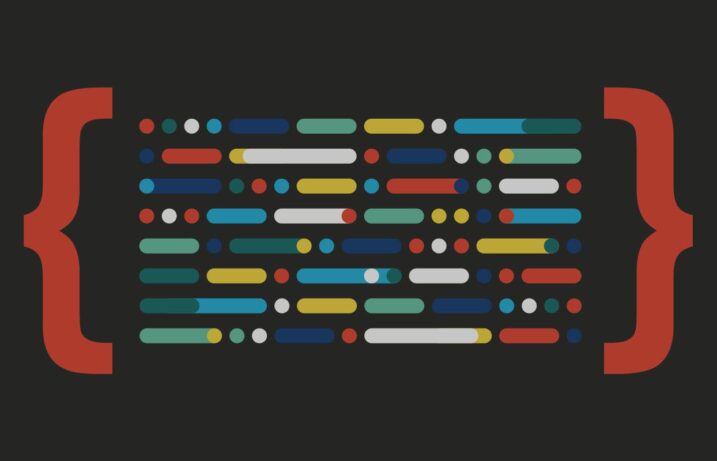Before I got into programming and became a developer here at Flatiron School, I worked in digital marketing for 10 years. I had always been interested in learning how to program, but I always felt that I couldn’t invest the time and money to go back to college and spend four years to do it.
Then I came across a random tweet that said “learn to code in twelve weeks.” After a lot of research to see if that could possibly be true, I found myself attending Flatiron School. Now I lead a fascinating career as a developer and I’m so glad I took the leap.
Looking back at my experience, I can identify a few things that held me back from making the transition sooner. Here are four common misconceptions about being a programmer that kept me—and lots of people like me—from pursuing programming.

Myth #1: You need a four-year degree in Computer Science.
Reality: What really matters in programming is your ability to code. How you learned doesn’t matter. Your credentials don’t matter. Employers want to know if you can do the work.

Myth #2: Coding is super solitary
Reality: In truth, you’ll be coding with other people as pairs or in teams all the time. You’ll also often be working on code written by someone else; you’ll have to talk to them about the decisions they made and how their work will interface with the code you’re writing now.

Myth #3: You need to be a math whiz to code
Reality: What you use a lot of in programming is logic, not math. If you’re able to break problems down, think about the component part logically, and decide when things should happen and in which order, you can excel as a programmer.

Myth #4: Coding is mechanical.
Reality: People often think coding will be mechanical and tedious. But when you’re learning anything and have to go over the basics again and again, that can be repetitive. In this respect, learning to code is no different than learning how to paint or how to speak a new language. Once you work through those basics, you’ll be amazed at how creative programming really is. It’s so expressive and fun.
So now that we’ve debunked a few programming myths, are you hungry to get started coding? Luckily, there are so many resources out there, including Flatiron’s Ruby- and JavaScript-based Bootcamp Prep course. If you’re looking for a deeper dive into programming but aren’t ready to take on an immersive program like what I did, you can join our new Community-Powered Bootcamp, a $149/month program that teaches coding through collaboration.
Good luck on your coding journey!




